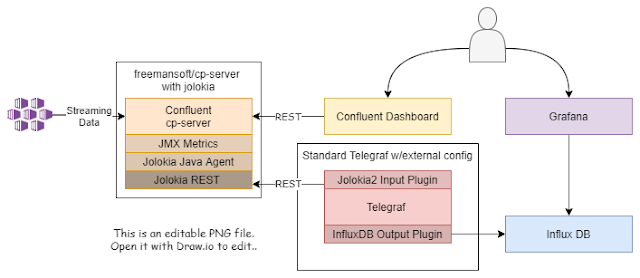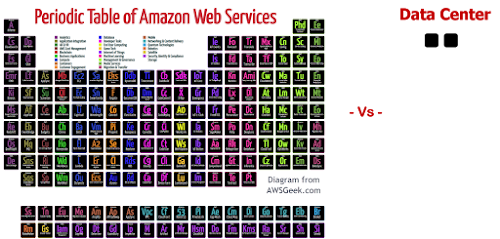We fought Conaway's law and the law won

Conway's law says systems, software, and wetware, end up shaped like the organizational structure that designed them or that they are designed for. Organizations understand this at some level. Much of the corporate re-organization efforts are fed by people trying to change the corporate structure to push closer together the people creating a new paradigm or system. The other main approach is to live with the partitioning that aligns with the organizational structure allowing any global redundancy or other inefficiencies. Video Images used in Video Conway's law states that software systems will be designed and built with the same alignment and partitioning as the organization that built created the software. Teams that are closer together organizationally will build software that works better together. Teams that are farther apart will build software more loosely coupled or more error-prone. We see the same behavior for non-software ecosystems. C...





